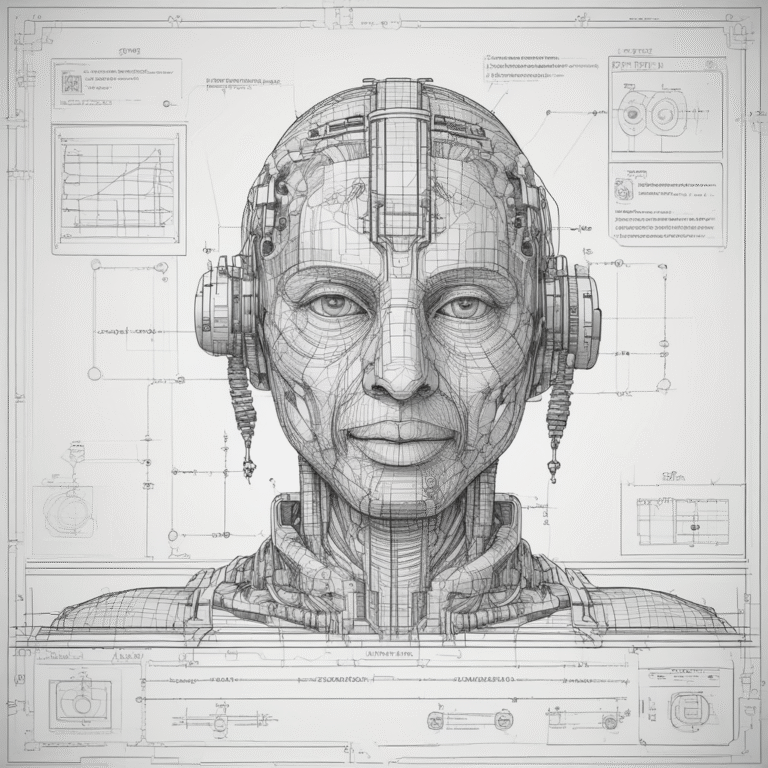Bridging the Digital Divide: A Call for Collaborative AI Governance
An artificial intelligence (AI) official from China has emphasized the necessity of establishing a collaborative and multi-governance ecosystem to enhance AI as a public good and to close the existing development gap. This assertion was made during an interview held at the 2025 “AI for Good Global Summit” in Geneva.
The Need for Synergy Among Stakeholders
According to the official, building synergy among diverse stakeholders across various sectors is crucial. This involves realizing policy alignment and technology adaptation among countries, particularly within the framework of BRICS cooperation. The director of the International Cooperation Department at the China Branch of the BRICS Institute of Future Networks (BIFN) highlighted the importance of localized AI solutions that cater to different developmental contexts.
“This reinforces our mission at the BIFN China Branch to not only deliver results but also promote a collaborative multi-governance AI ecosystem,” the official noted.
Role of the BIFN in Global AI Development
Each BRICS member country has established a branch of the Future Network Institute to foster comprehensive cooperation in innovating applications of future network technologies. This includes areas such as policy research, facilities construction, and talent training.
As one of the first 17 Global Acceleration Centers for Digital Transformation recognized by the International Telecommunication Union (ITU), the BIFN China Branch plays a pivotal role in driving digital development and facilitating cooperation in technical standards and policy regulation.
Systemic Solutions for AI Applications
The 2025 AI summit marked a significant shift towards systemic solutions for AI applications, emphasizing the need for collaboration among various stakeholders. The BIFN China Branch is positioned as both a technology implementer and a coordinator of collaborative mechanisms.
“Without adaptable standards, AI cannot effectively serve public welfare,” the official stated, referencing the ITU’s WTSA-24 Proceedings. This includes AI standardization resolutions and opinions established by the 2024 World Telecommunication Standardization Assembly, which affirmed the necessity of co-created rules.
Collaborative Networks for Bridging the Divide
Bridging the digital divide requires more than unilateral efforts; it necessitates a cooperative network of policy alignment and technology adaptation among BRICS countries and their global partners. The AI summit, which occurred from July 8-11 in Geneva, featured a workshop hosted by the BIFN China Branch under the theme “Global AI Convergence: Innovative Practices for a Shared Sustainable Future.” This workshop discussed strategies for international cooperation, global connectivity, and equitable AI sharing.
Conclusion
The insights shared at the summit highlight an urgent call for a united front in the advancement of AI technologies that serve the public good. A collaborative approach to AI governance is essential for addressing the challenges of the digital divide and ensuring that technology adapts to diverse global contexts.










